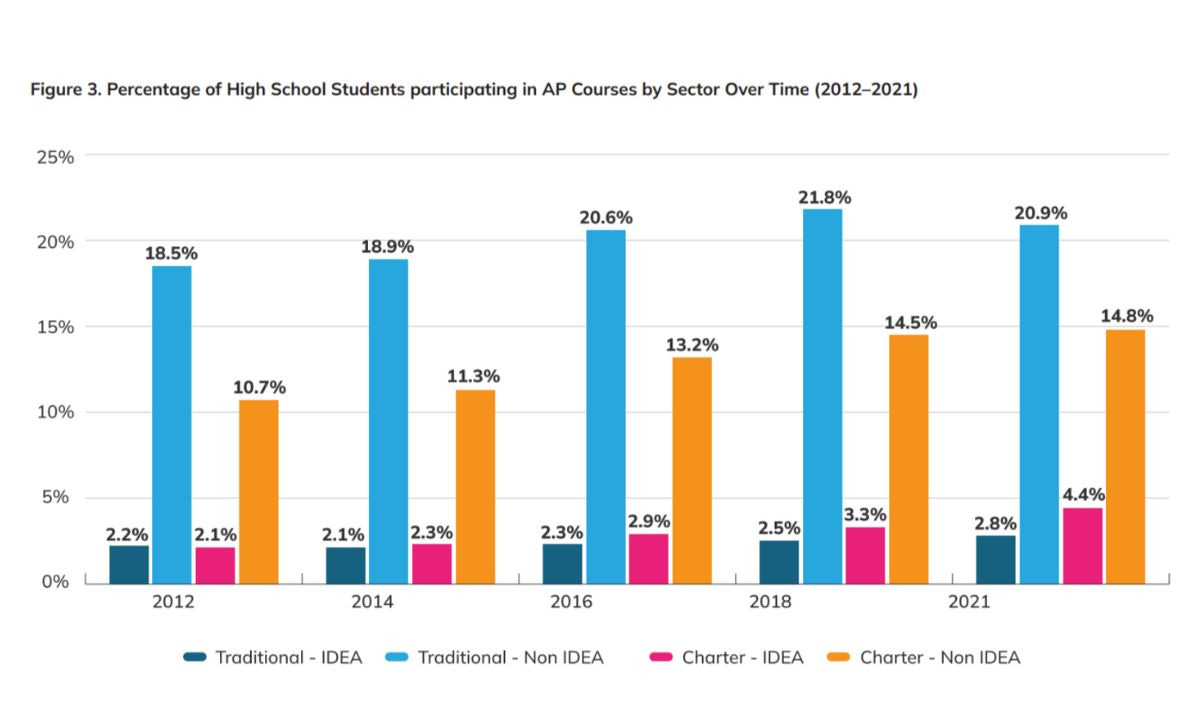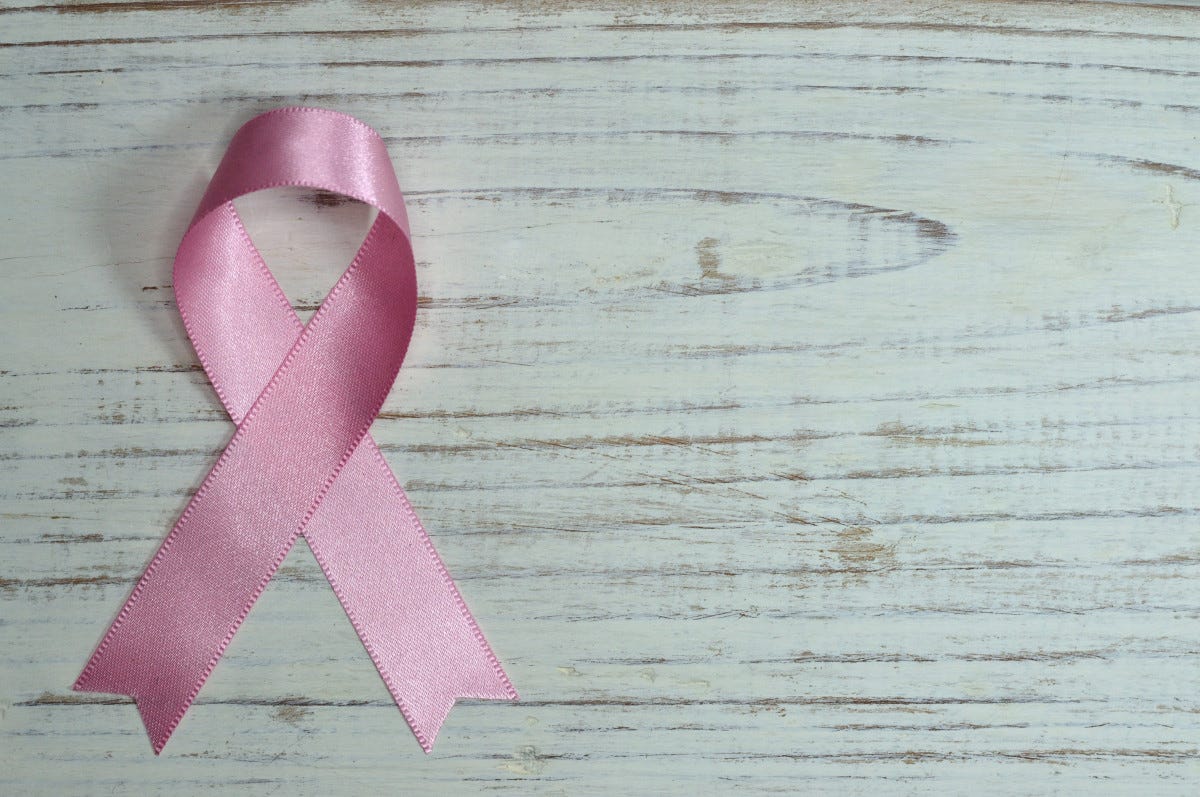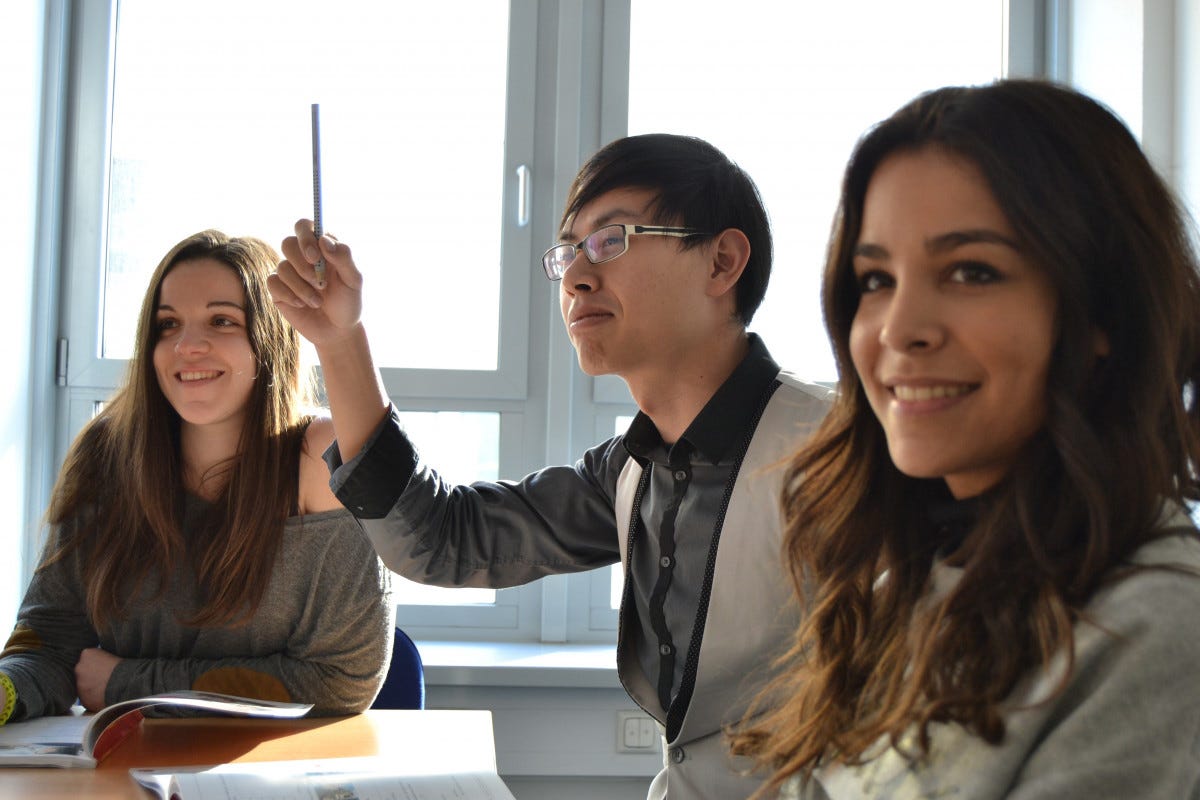Sci-Ed Update 329
Post-COVID life, using textbook images legally, map of brain's sewage system, what (if anything) is obesity, swallowing rocks, protein structure Nobel, breast cancer drops, disabled college students
Nobel Prize Honors Breakthroughs in Protein Design and Structure Prediction
The 2024 Nobel Prize in Chemistry celebrates two groundbreaking achievements in protein science: designing novel proteins and predicting protein structures using AI.
David Baker has pioneered techniques to construct entirely new proteins that could serve as pharmaceuticals, vaccines, and nanomaterials. Meanwhile, Demis Hassabis and John Jumper’s AI model, AlphaFold2, solved the decades-old challenge of predicting protein structures, allowing researchers to visualize nearly all known proteins.
These advancements hold transformative potential for fields like medicine, biotechnology, and environmental science.
Key Facts
David Baker’s work enables the creation of new proteins with therapeutic uses.
AlphaFold2 predicts the structure of proteins, enhancing scientific understanding.
These discoveries advance medicine, materials science, and environmental solutions.Absolutely Deranged Study Says Swallowing Makes You Happy and Is Why You Overeat
Kevin Patton comment→ I’ve found success in repeated reminders that any protein’s function is determined by its structure—the core concept structure fits function. Bring up this current news item might provide an opportunity to bring this core concept up yet again in your course!
Read more→ AandP.info/p7l
Every now and again, we get news of a scientific breakthrough that makes us want to put our heads through drywall — and this is one of them: researchers have determined that the happiness we derive from swallowing is what keeps us eating more (and more) of it, not from food's aroma, or taste, as you might expect.
Yes, you read that correctly: You keep eating more because your brain loves to swallow.
Read more→ AandP.info/uhv
Scientists Mapped The Human Brain's Sewage System For The First Time
The inner workings of our brain's 'sewage system' are finally coming to light after years of speculation.
Deep within the crevices of five human brains, scientists have, for the very first time, imaged the dynamic intricacies of a underlying plumbing network – previously seen in mice and only hypothesized in our own species.
The findings support the existence of a glymphatic system, which scientists first identified in the brains of mice in 2012.
This system carries cerebrospinal fluid (CSF), which bathes the outside of the brain, into the interior, delivering nutrients and removing waste products – such as proteins that form clumps in Alzheimer's disease – from brain tissue.
Since 2012, several pioneering studies have shown the glymphatic system also exists in human brains, but without seeing the fluid moving from the outside of the brain into the space between neurons, that idea has remained highly controversial.
Read more→ AandP.info/qzf
Textbooks to Slides: IP Attorney Brenda Ulrich on Legal Image Use in Anatomy & Physiology
In Episode 150 of The A&P Professor podcast, host Kevin Patton speaks with intellectual property attorney Brenda Ulrich about copyright law and image use in education. They discuss how educators often mistakenly assume they have rights to use textbook images and the complexities of permissions that expire. Brenda highlights the differences in legal standards for physical versus online teaching and emphasizes the importance of understanding licensing agreements and fair use. By the end, listeners gain valuable insights into legally and ethically incorporating multimedia into their anatomy & physiology courses.
0:00:21 | Host: Kevin Patton
0:00:47 | Introducing Brenda
0:03:49 | You Need a License
0:26:12 | Staying Up To Date
0:27:15 | Put Yourself in Their Shoes
0:41:55 | Do You Write?
0:43:54 | I need a handout
1:00:19 | Finding Media
1:02:00 | Can I Put My PowerPoint on YouTube?
1:12:43 | Staying Connected
To listen to this episode, click on the play button above ⏵ (if present) or this link→ theAPprofessor.org/podcast-episode-150.html
Report: Almost All Disabled Students Lack Access to College Readiness Programs
The Individuals with Disabilities in Education Act requires schools to identify and serve children who need tailored support to succeed academically, and to “prepare them for further education, employment and independent living.” Organized as a series of six briefs, a new report from the Center for Learner Equity finds a devastating lack of access to the opportunities that make college possible.
In the 2020-21 academic year, just 4.4% of charter school students with disabilities and 2.8% of those in traditional schools took Advanced Placement classes, versus 21% and 15% of general education students, respectively.
Just 2.6% of charter school special education students and 3.4% of those in district-run schools took dual-enrollment college and university courses, versus 11.5% and 8% of their general education classmates.
Read more→ AandP.info/fa6
What Repeat COVID Infections Do to Your Body, According to Science
A 2022 study led by Dr. Al-Aly found that COVID reinfections also increase your risk of complications across the board, regardless of whether you recovered just fine in the past or got vaccinated. In particular, it showed that reinfection raises the likelihood that you’ll need hospitalization; have heart or lung problems; or experience, among other possible issues, GI, neurological, mental health, or musculoskeletal symptoms. “We use the term ‘cumulative effects,’” Dr. Al-Aly says, “so, multiple hits accrue and then leave the body more vulnerable to all the potential long-term health effects of COVID.”
Kevin Patton comment→ The linked article covers a lot of different aspects of post-COVID life, not just severity of reinfections. It’s a quick and interesting read.
Read more→ AandP.info/22k
Are We Thinking About Obesity All Wrong?
…whether obesity should be considered a disease has been referred to by health experts as “one of the most polarizing topics in modern medicine.” Even Jens Juul Holst, a discoverer of the hormone that drugs like Ozempic mimic, told me he isn’t sure what to call obesity. “Whether it’s a disease in its own right is a very difficult question,” he said. Finally, this dispute is coming to a head amid soaring demand for new weight loss medicines, as expert groups around the world rush to define what it means to have obesity.
…if health systems adopt an evidence-based diagnosis, deciding when it’s appropriate to intervene medically, perhaps treatments can be more targeted and prescribing more rational. The era of quibbling about personal responsibility, fat-shaming and the limits of B.M.I. can end. People who are diagnosed with clinical obesity deserve health care without blame, just as those who have diabetes, cancer or clinical depression do. But first, we have to agree on what obesity is.
Read more→ AandP.info/236
US breast cancer deaths fall but younger women increasingly diagnosed – study
A new report from the American Cancer Society (ACS) finds that breast cancer deaths have dropped dramatically since 1989, averting more than 517,900 probable deaths.
However, the report also reveals younger women are increasingly diagnosed with the disease, a worrying finding that mirrors a rise in colorectal and pancreatic cancers.
Read more→ AandP.info/epb
Teaching after the election
The [Institute for Democracy and Higher Education]’s research on campus climate has found that “students resent professors who ignore public events,” Thomas said. When something significant happens on campus, in the country, or in the world, they expect it to be acknowledged.
So professors should plan to acknowledge the election. And they should be prepared for the possibility of difficult classroom conversations if their students have very different reactions to the election results.
While students do want something from their professors, Thomas said, “I don’t want to infantilize students. Students are feisty; they’re resilient, they are tough, and they are involved in this election.” It’s not, she said, as if everyone is going to have an emotional breakdown in class. At the same time, she said, instructors may want to be attuned to some groups of students — international students come to mind — who might need extra support.
If she were teaching, Thomas said, she might plan to use the first half of the next class after the election to give students time to talk about their reactions and what comes next.
“The day after this election is going to be a day of conflicting emotions,” Thomas said. “It’s going to be a day of conflict.” But remember, she said, “Conflict is an opportunity for learning.”
Read more→ AandP/ayr
Brainstem Inflammation Linked to Long-Covid Symptoms
New research shows that severe Covid-19 infection can cause inflammation in the brainstem, potentially leading to prolonged symptoms like fatigue, breathlessness, and anxiety. Using ultra-high-resolution 7-Tesla MRI scanners, scientists observed specific brainstem areas associated with these symptoms, highlighting how immune response post-infection might affect brain health.
This inflammation may impact both physical and mental health, as brainstem abnormalities were linked to higher levels of anxiety and depression in patients. The findings offer valuable insights for understanding long-term Covid effects and could improve treatment approaches for conditions related to brainstem inflammation.
Key Facts
Severe Covid-19 can cause persistent inflammation in brainstem regions.
Inflammation in the brainstem is associated with fatigue, breathlessness, and anxiety.
7-Tesla MRI scans provide detailed insights into immune response in the brainstem.
Read more→ AandP.info/vjw












